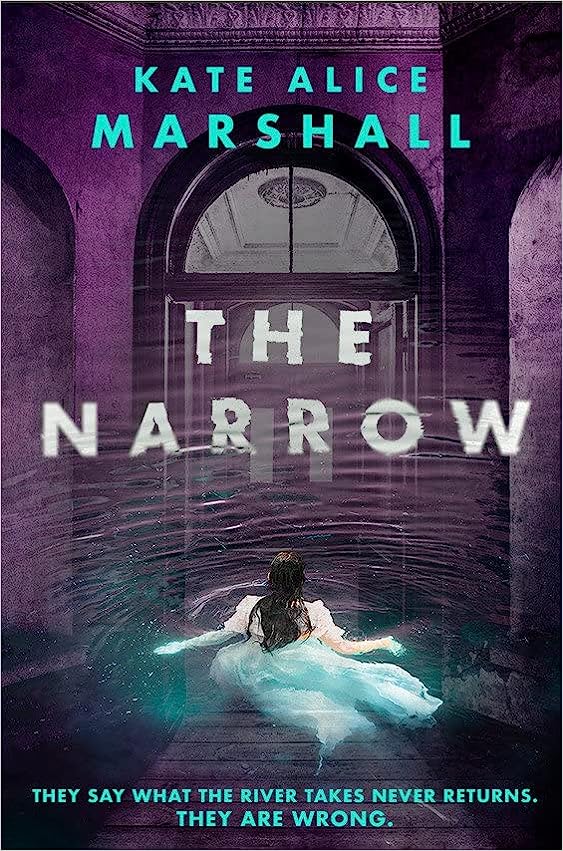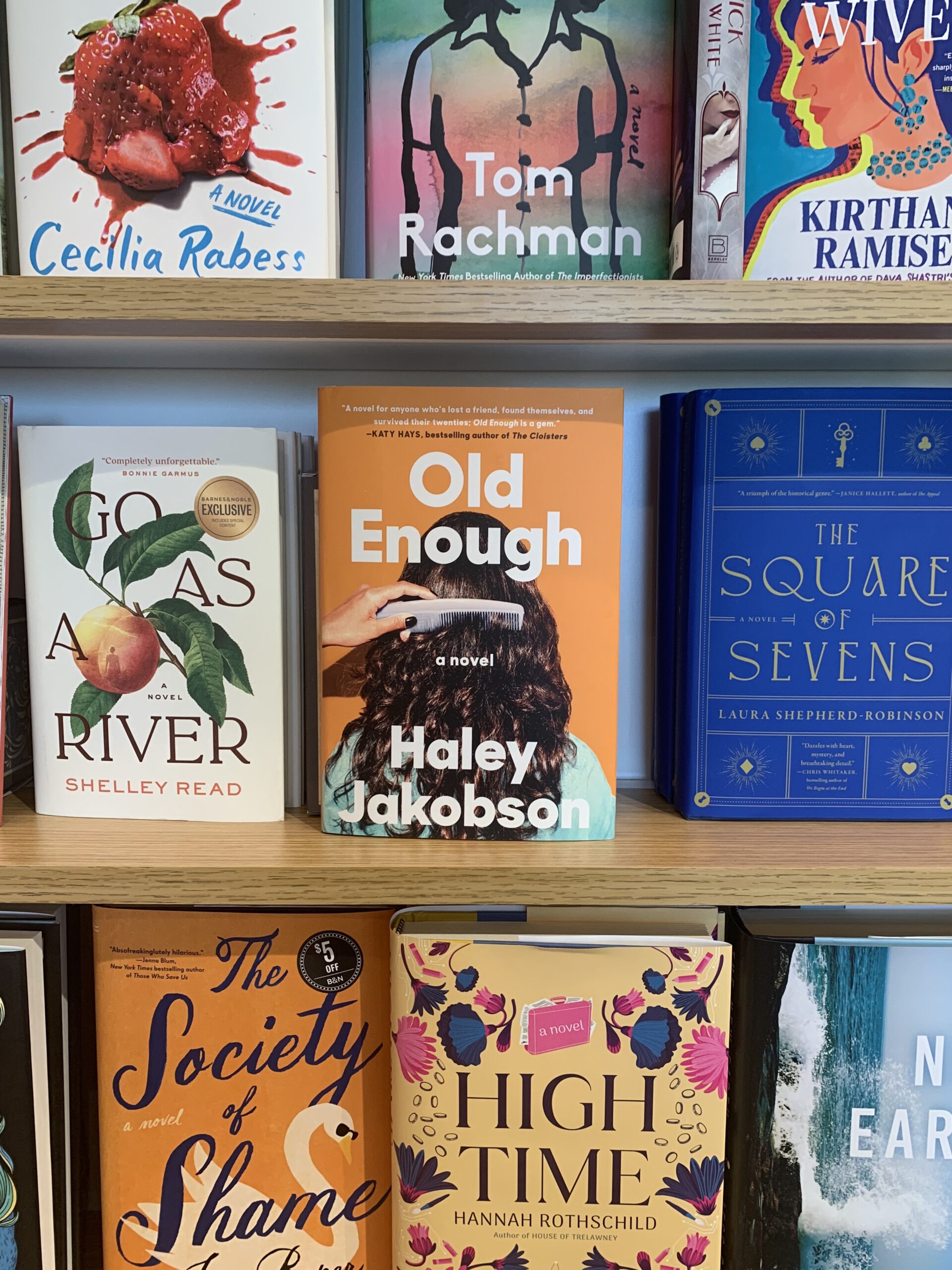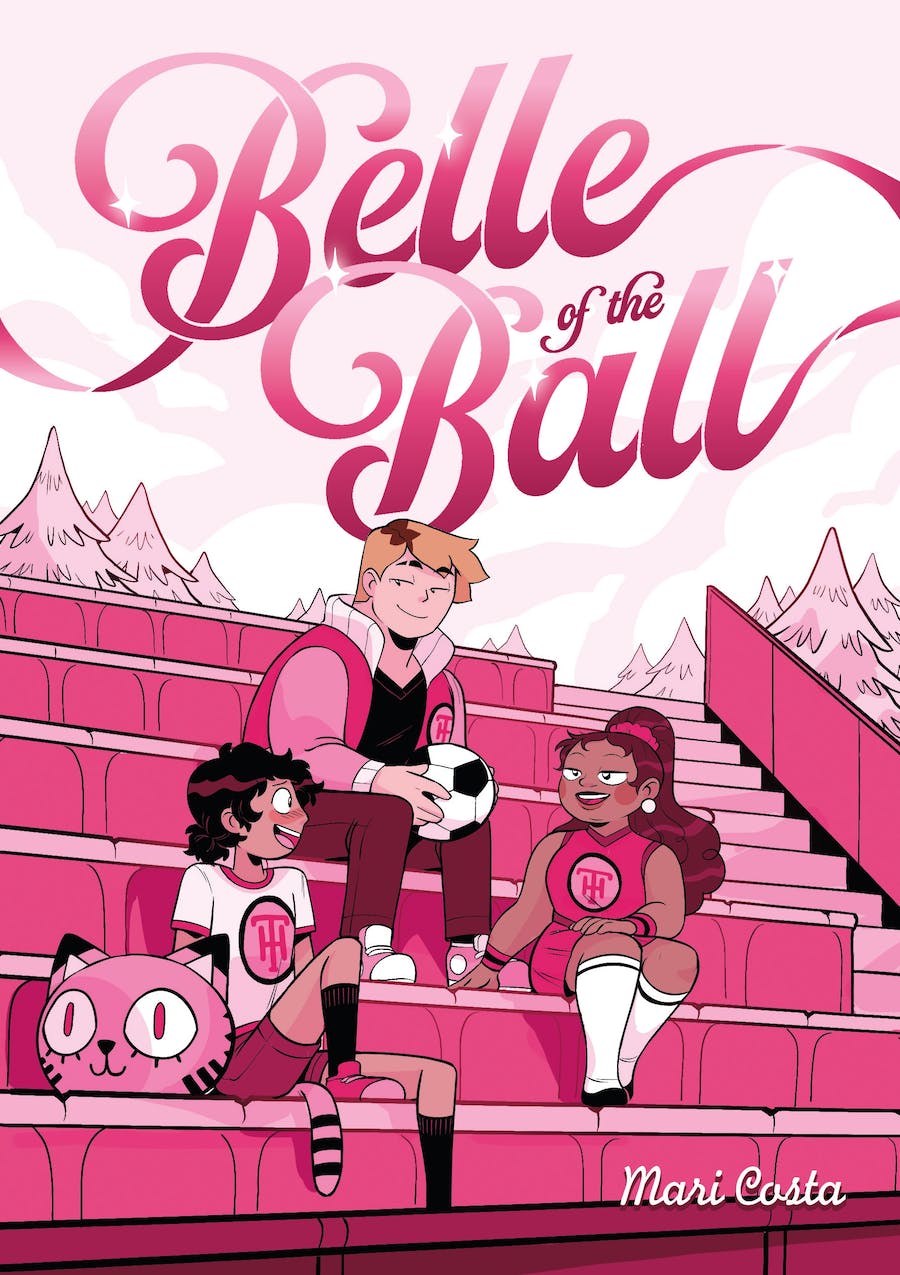When I got a promotional email about this book, I asked the publisher if there was a queer main character, because I couldn’t tell from the description. It’s funny that I had to clarify, because this is a very queer book: the main character is bisexual, there’s an F/F romance, and there are several queerRead More
A Book and Herb Review: Basil and Oregano by Melissa Capriglione
Buy this from Bookshop.org to support local bookstores and the Lesbrary! Basil and Oregano is a sweet, safe, very cute and inclusive graphic novel about two girls who fall in love while competing to become top student at their magical cooking school. While chock-full of softness and cuteness, the story also includes serious themes thatRead More
Teen Witches Cover Up a Murder: When We Were Magic by Sarah Gailey
Buy this from Bookshop.org to support local bookstores and the Lesbrary! Alexis and her five friends share a secret—they all have magic powers. On prom night, Alexis’s magic goes wrong and a boy ends up dead. Now, the six teens have to keep this a secret as they try to make things right. Bonds areRead More
Healing in Queer Community: Old Enough by Haley Jakobson
Thank you to PENGUIN GROUP Dutton and Netgalley for this E-ARC in exchange for an honest review. (Published June 20, 2023) I’ve followed Haley Jakobson’s social media for a while, so I was thrilled to hear news of her debut novel. And let me say, it did not disappoint! Old Enough follows our main characterRead More
Culinary Combat School: Cooking With Monsters by Jordan Alsaqa & Vivian Truong
Bookshop.org Affiliate Link Recently, I read and loved Basil and Oregano by Melissa Capriglione, a sapphic YA graphic novel set at a magiculinary school. I am delighted to say that Cooking with Monsters—one of my most-anticipated books of the year—is also a sapphic YA graphic novel set at a fantasy cooking school. In this case,Read More
A Hilarious and Sweet High School Love Triangle: Belle of the Ball by Mari Costa
Bookshop.org Affiliate Link In the graphic novel Belle of the Ball, Brazilian author and illustrator Mari Costa treats us to a charming, sweet, and funny story of a high school love triangle between a nerdy wallflower, a charming jock, and an overly driven cheerleader. When Belle Hawkins (who goes by her last name), school mascotRead More
Larkie reviews Nothing But Blackened Teeth by Cassandra Khaw
Amazon Affiliate Link | Bookshop.org Affiliate Link Trigger warning for suicidal ideation A compact novella with a haunted house story, strained friendships, and a hungry ghost, I had high expectations for Nothing But Blackened Teeth. Were they met? Kind of, but overall the book fell a little flat for me. First off, there are fiveRead More
Danika reviews Late to the Party by Kelly Quindlen
Codi is in a rut. She has two best friends, Maritza and JaKory, and they’ve been doing the same things since they became friends in the 6th grade. Now she’s 17, and she’s sick of sitting in the basement and watching movies. All three of them are determined to make a change this summer, andRead More


